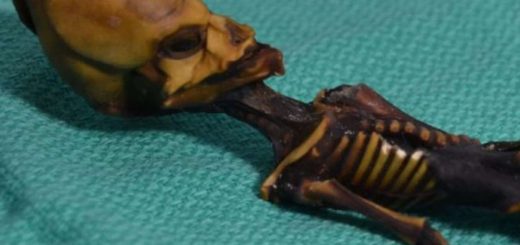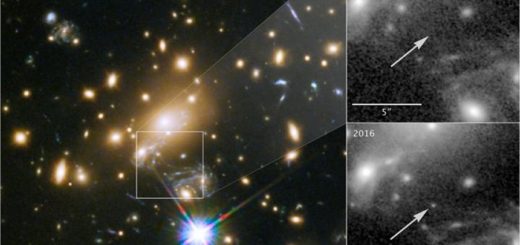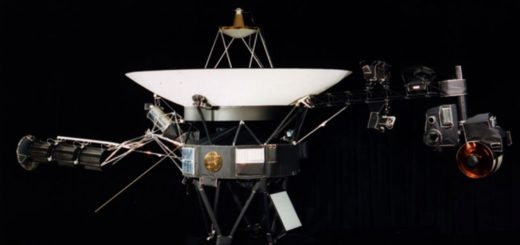Mystery of gamma radiation solved: Hidden cannibal star is just having dinner

The mystery at the heart of an unexplained, bright point of gamma-ray light in the sky has been solved: There’s a deadly spider star flaying a second, wimpier star to bits, sending out rapid-fire bursts of gamma radiation in the process
“Black widows” and “redbacks” in astronomy, as Live Science previously reported, are species of neutron stars — the ultradense remnant cores of giant stars that exploded. Some neutron stars, called pulsars, rotate at regular intervals, flashing like lighthouses. The fastest-spinning among them are millisecond pulsars. When a millisecond pulsar is locked in a rare, tight orbit with a lightweight star, it slowly shreds its partner to bits with each rotation. These binary cannibals are known as black widow or redback stars. Now, with the help of citizen scientists, a team of researchers has revealed a new redback at the heart of a bright system known as PSR J2039–5617.
Related: 15 unforgettable images of stars
Since its discovery in 2014, researchers have suspected that PSR J2039–5617 contained a millisecond pulsar and a second star. The bright source of X-rays, gamma rays and visible light closely matched the expected traits of such a system. But proving it required scads of telescope data and more number-crunching than a typical desktop computer could do in a century.
To prove that the star system was indeed a redback, the researchers leaned on the computing power of Einstein@Home — a project of the LIGO Scientific Collaboration and Germany’s Max Planck Institute where more than 500,000 volunteers let their idle computers work together on complex astronomy problems.
RELATED:
—11 fascinating facts about our Milky Way galaxy
—The 12 strangest objects in the universe
—Top skywatching events to look forward to in 2021
In two months, the researchers revealed that PSR J2039–5617 houses a deadly redback, heating up one side of its companion star so that side appears brighter and bluer. The redback’s massive gravity also warps its companion’s shape, causing “the apparent size of the star to vary over the orbit,” lead author Colin Clark, a University of Manchester astronomer, said in a statement,
The redback’s radio emissions also sometimes get eclipsed by material blown off the surface of the companion star. All those features of the complex system produce strange, varying light patterns, described in a paper set to be published in March (and available online now) in the journal Monthly Notices of the Royal Astronomical Society.



 Creators of mankind
Creators of mankind Description of “Tall white aliens”
Description of “Tall white aliens” Where they came from?
Where they came from? About hostile civilizations
About hostile civilizations The war for the Earth
The war for the Earth “Tall white aliens” about eternal life
“Tall white aliens” about eternal life Video: “Nordic aliens”
Video: “Nordic aliens” Aliens
Aliens Alien encounters
Alien encounters The aliens base
The aliens base UFO
UFO Technology UFO
Technology UFO Underground civilization
Underground civilization Ancient alien artifacts
Ancient alien artifacts Military and UFO
Military and UFO Mysteries and hypotheses
Mysteries and hypotheses Scientific facts
Scientific facts


















